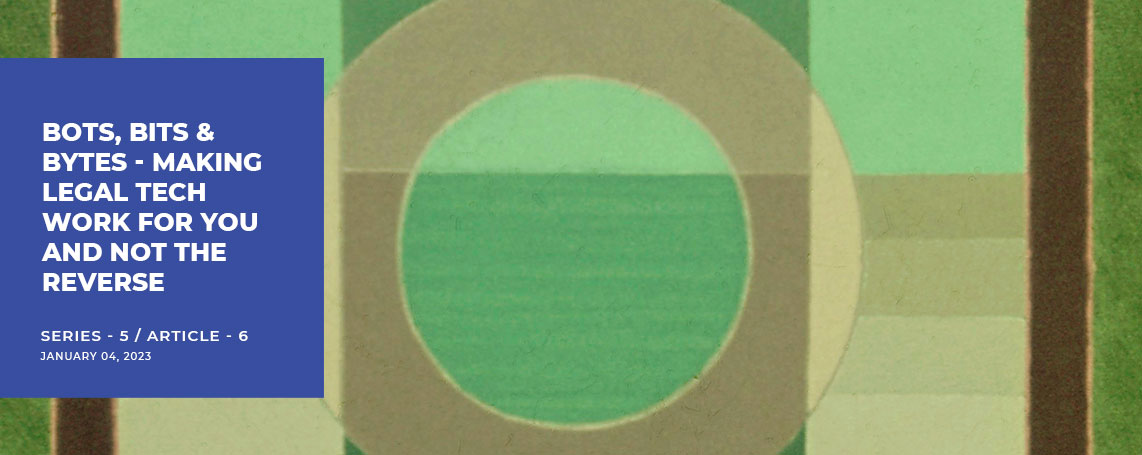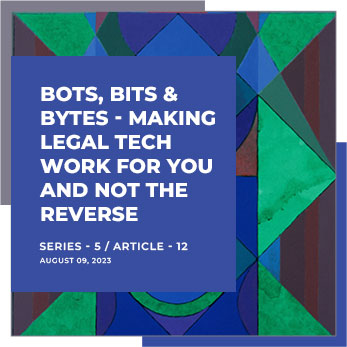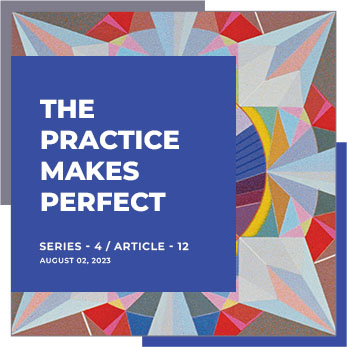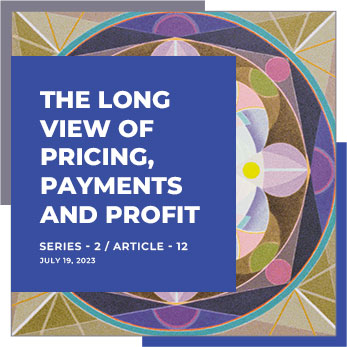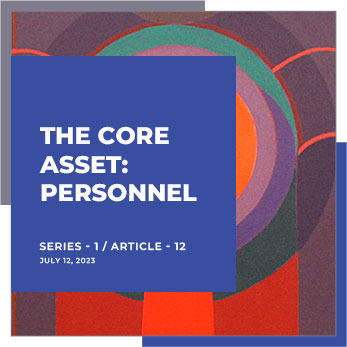“This is a challenging undertaking, particularly in relation to “tough legacy” transactions, with thousands of contracts requiring re-papering. This requires the review and redrafting of multiple documents, a process which is both time intensive and expensive.”
December 31, 2021, was a historic date for global banking, for, on that date, the venerable London Interbank Offered Rate (LIBOR) benchmark used for over 40 years globally for setting floating rates in financial products was—for the most part—consigned to the dust bin of financial risk.
But what to do with the estimated millions of extant LIBOR-linked mortgages, corporate debt papers, and other financial instruments that will still be in use for at least months, if not years to come, and which are binding between the parties? Enter the lawyers—of course. But even the best and the brightest working full time with teams of support could not handle the LIBOR Transition without some serious high-tech assistance. Automated LegalTech is being put to the test.
Alternative RFRs
Despite being in use for decades, LIBOR—used internationally as a reference for floating cash rates—finally outlived its usefulness due to the decline in interbank lending, increasing bank liquidity risks, and its vulnerability to manipulation, as witnessed in the infamous LIBOR scandal of 2012 carried out by colluding bank traders. In its place, regulators have adopted Alternate Risk-Free Reference rates (RFRs), with UK regulators switching to the Sterling Overnight Index Average (SONIA) RFR and U.S. regulators moving to the Secured Overnight Funding Rate (SOFR), calculated as the volume-weighted median of U.S. Treasury repurchase agreements data that reflect borrowing costs in ‘overnight borrowing’ that is collateralized by U.S. Treasury securities. The idea behind RFRs is that they do not include a credit element that would increase funding costs in a stressed market and are therefore designated as ‘risk-free’.
This transition from LIBOR to RFRs will have a major impact on all financial instruments that make use of floating (or adjustable rate) reference rates, including mortgages, derivatives investments, other debt paper, and even some credit card debt. Technically, the end of LIBOR means that 24 out of 35 heretofore published ‘settings’ (CHF, EUR, GBP, USD, and JPY) will come to an end, and six other widely used settings will be published under a ‘synthetic LIBOR’ methodology.
Legacy Instruments Remaining
Fortunately, the dreaded ‘morning after’, i.e., the first day of trading in 2022—much like widespread fears over Y2K on January 1, 2000—passed uneventfully, with no major market disruptions. This has been widely attributed to the advanced preparations and attention to detail by regulators, industry chieftains, and market participants. Now, however, the plethora of continuing contracts of all sorts needs to be addressed. The LIBOR Transition is unprecedented in scale, and many trillions of dollars’ worth of legacy financial contracts need to be transitioned as well.
As far as U.S. LIBOR instruments are concerned, the contracting parties are facing Phase II of the LIBOR Transition process, whereby USD LIBOR will cease on June 30, 2023, and legacy USD LIBOR must be fully transitioned by that date. Many—but not all—contracts contain “fallback provisions” under which a replacement rate can be identified if a benchmark (e.g., USD LIBOR) is not available. However, even those contracts containing a fallback rate provision can face differences in conventions, and there will inevitably be variations between certain trades that have relied on fallback provisions and between cash instruments that have referenced different methodologies. There will need to be modifications made to instruments and their underlying systems to account for such differences in reference benchmarks. Bilateral renegotiation is one such process for resolving the differences. However, to do so on any sort of contract-by-contract or even pool or tranche basis would be an impossibility.
Advanced LegalTech
The world’s fifth largest law firm, Baker-McKenzie, has designed a ‘re-papering’ system to streamline the LIBOR Transition. Their solution brings together their team of structured finance lawyers working with their legal project management and technology teams. Under that collaborative effort, the legal project management team coordinates the implementation of the technology and standardizes a universal approach to the transition project. Their project management tool is used to provide the connectivity necessary between lawyers and clients to enable coordination throughout the project.
A primary element of the firm’s LIBOR Transition process is their Machine Learning contract analytics technology to handle due diligence, and that, in turn, is interfaced with a document automation platform. Their solution lends itself to flexibility and customization, resulting in minimized risk and more assured cost certainty.
‘No-code’ Technology
BRYTER.COM, which bills itself as a no-code service automation platform, has developed a LIBOR Transition Platform designed to deploy customized automation processes for triaging data, streamlining negotiations, and handling bulk generation of documentation. It can be used as an end-to-end solution for legal and financial services providers to cover any gaps in the LIBOR Transition integration by leveraging off-the-shelf modules as part of their seamless automation system. Their platform can work with a multiplicity of systems, can handle diverse documentation, and allows for global implementation.
The Future is Blockchain
Although the need to deal with LIBOR Transition is an immediate one, and technology tools will be a crucial component in meeting upcoming deadlines, experts are at the same time looking ahead to assess how organizations can best amend contracts and determine which RFRs to employ down the road. Using digitalized contract data and automated document generation, both contract amendment and rate reference can be greatly simplified. At the same time, blockchain technology is being explored as a concurrent LegalTech solution for LIBOR Transition.
Executive Summary
The Issue
How to handle the trillions of dollars’ worth of financial instruments affected by the LIBOR Transition.
The Gravamen
Transitioning from LIBOR to RFRs can only realistically be undertaken by utilizing advanced LegalTech, and the tools to assist with this enormous task are already available for both legal and financial services providers.
The Path Forward
Automated document data access and contract amendment platforms will address both rate “fallback” issues as well as the adoption of RFRs.
Action Items
Review
The contract review problem for LIBOR Transition is unprecedented, with up to 100 million contracts needing to be assessed.
ML-Human Interface
The sheer scale of the contract review and assessment demand equates to a Herculean task that requires advanced LegalTech so that human judgment can focus where it is needed most.
Which RFR?
While “fallback” provisions take some of the heat off of lawyers working to resolve the LIBOR cessation problem, the impact on floating-rate instruments which cite different options or which cite none at all need to be resolved.
Team Collaboration
Although a crucial element, technology alone cannot solve LIBOR Transition issues, and therefore coordination between lawyers, legal project managers, clients, and technology staff will all have to be seamlessly integrated.
Further Readings
- https://www.ey.com/en_gl/ibor/how-to-address-the-legal-and-contractual-challenges-of-ibor-transition
- https://www.bakermckenzie.com/en/insight/publications/resources/reinvent-libor
- https://bryter.com/use-cases/libor-transition-platform/?utm_source=google&utm_medium=organic
- https://eigentech.com/resources/case-studies/accelerating-libor-transition-through-automation-of-data-gathering-and-analysis
- https://d2legaltech.com/ibor-transition-tipping-point-enabling-legal-technology/
- https://www.factor.law/insights/applying-legaltech-to-libor-remediation-not-quite-the-jetsons

